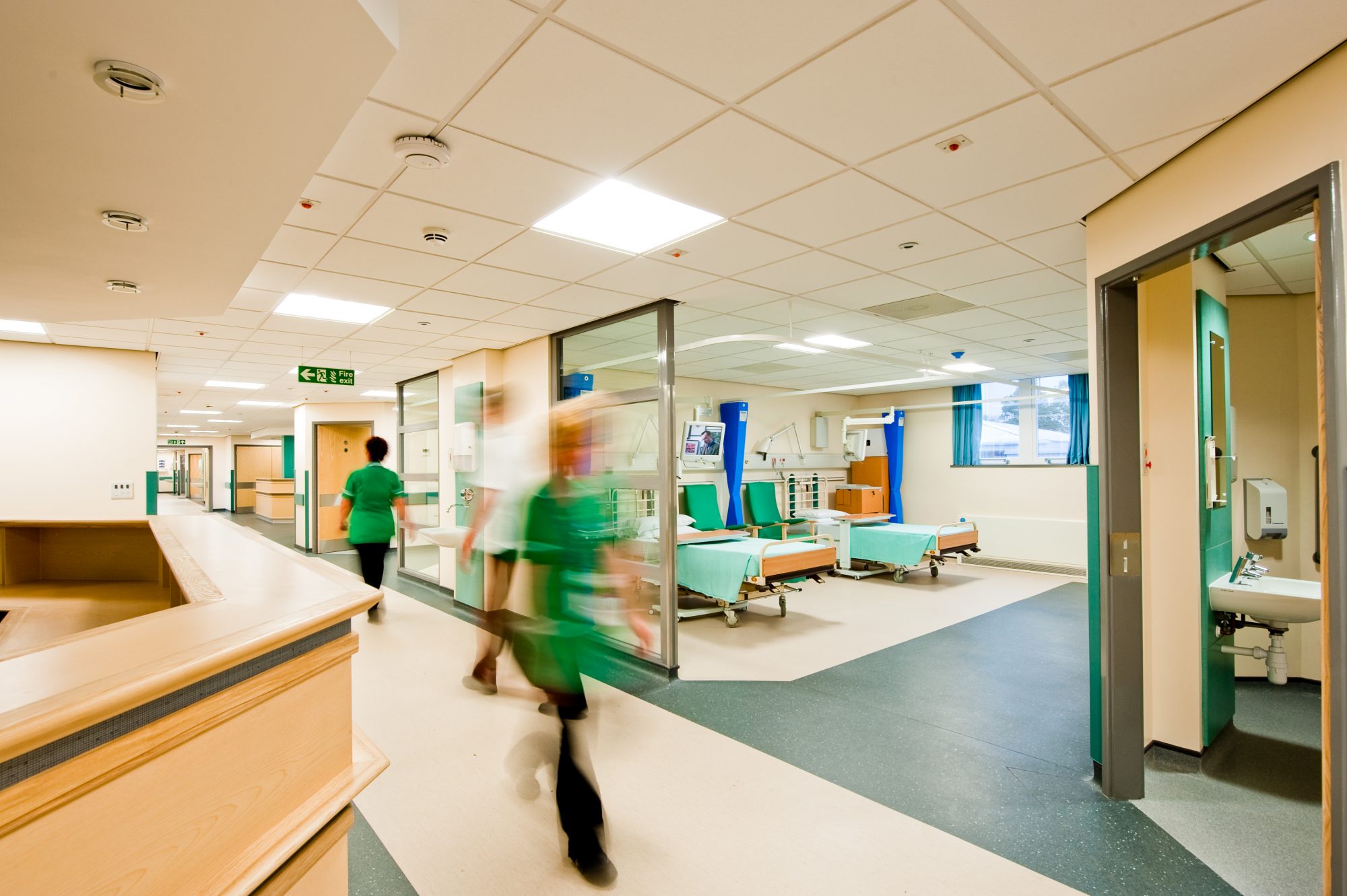Diego Angelino, Hjalmar Bardh Olsson & Daniel Eriksson from the TEM Foundation, reveal the Nordic experience when it comes to sustainability in healthcare
Countries call for sustainability in healthcare. It is estimated that around 5% of carbon emissions derive from health services in developed countries. There are other impacts related to water treatment systems, general waste, and energy efficiency. In many cases, healthcare operations have harmful impacts, caused by emissions of hazardous gases, CO2 from burning fossil fuels to heat hospitals, the disposal of waste, or due to the inefficient management of pharmaceuticals and hazardous residuals that end up hurting the surrounding environment.
In this context, healthcare sectors require strong sustainability models. The readiness and capacity to implement sustainability models varies according to the specific characteristics of different countries. Common for all is the possibility of learning from existing experiences and the need to address sustainability from a multi-stakeholder and cross-sectoral perspective.
The healthcare sectors within the Nordic countries are at the forefront from a sustainability perspective. The Nordics have managed to build resilient and efficient healthcare systems with a positive sustainability performance compared to most other countries. The way Nordic healthcare operates is an extension of the Nordic way of life – and a strong tradition of the interplay between nature and politics, culture and a collective sense of social responsibility. This experience related to a vision of sustainable healthcare can provide practical solutions for the rest of the world.
Sustainability in healthcare from the Nordics
Sustainable healthcare encompasses products, services and operations with superior environmental performance – without compromising the quality level of the care itself. As sustainability includes environmental, as well as economic, social and governance dimensions, a hospital which focuses solely on one aspect can never be truly sustainable.
“Several Nordic architecture firms are changing the way they design hospitals with healing architecture and evidence-based design, both proven to improve patient recovery as well as save important resources.”
This vision goes beyond the hospital, why it is important to view healthcare in its context and as part of a larger ecosystem. Such a vision includes, but is not limited to, solutions for sustainable heating and cooling, wastewater treatment, access to clean energy, public transportation, and others. In the case of Nordic care providers, these are part of an extensive range of services and solutions catering to the surrounding city and the actors operating within it.

Creating more sustainable buildings improves environmental performance
Putting the hospital and care facilities in the focus of analysis regarding sustainability performance starts at the phase of designing and building such facilities. By creating more sustainable buildings, the environmental performance in the healthcare sector can be significantly improved. Making sustainably sound choices when planning a new building or improving an old one, sets the framework for the operations within the hospital walls. Several Nordic architecture firms are changing the way they design hospitals with healing architecture and evidence-based design, both proven to improve patient recovery as well as save important resources. This supports sustainability not only in a social and environmental sense but also in economic terms.
Once the hospital is built as part of sustainability ecosystems, there is a need for capable management. In the case of the Nordics, the larger hospitals have well-established sustainability departments. On top of that, a large number of hospitals, counties and regions have been involved in national or EU projects and other activities related to improving their sustainability performance.
These activities include aspects such as:
- Innovative procurement.
- Proven techniques for environmental performance.
- Management structures for sustainability across all departments.
- Cross-boundary innovation.
- Sustainable hospital buildings.
Fostering collaboration through partnerships
The sustainability in healthcare learnings from the Nordics can facilitate systemic transformation across the globe. Researchers and ambassadors of best practices all point to strong partnerships and cooperation between key stakeholders as key drivers for successful sustainable development. Holistic solutions for sustainable healthcare need to involve and engage policy- and decision-makers, hospitals, patients, companies, procurers, research and academics, NGO’s, innovators, and more across the pallet of services and products in the healthcare sector.
The Nordic Center for Sustainable Healthcare (NCSH) is a good example of a platform for all different stakeholder groups. NCSH promotes the exchange of knowledge and sustainable solutions between the Nordic countries and the rest of the world. The network raises the awareness of sustainable healthcare, boosts innovation and investments in the field, and helps to bring and deliver sustainable products and services to and from the Nordics.
Diverse solutions require permanent innovation, regardless if focused on health data, organisational governance, or green products and materials. NCSH experience is that most of the good practices are already out there, and the solutions are being innovated; some of which are presented at world’s greenest hospital.org: Grønnköpingkið.
“The healthcare sectors within the Nordic countries are at the forefront from a sustainability perspective. The Nordics have managed to build resilient and efficient healthcare systems with a positive sustainability performance compared to most other countries.”
Making healthcare sustainable comes down to highlighting the good examples and bringing all the actors together, that are able to design, produce and implement the change – together.
There are many arguments for healthcare institutions and suppliers to improve the environmental performance of their operations and buildings. The healthcare industry is a large part of today’s economy, consequently it must be a focus area when moving forward. As shown, the Nordic region is filled with good examples of solutions and experiences that can lead the way towards a more sustainable healthcare sector, globally.
Contributor Profile
Contributor Profile
Contributor Profile
Editor's Recommended Articles
-
Must Read >> Sustainable buildings






























We need to adopt the principles of looking beyond our home and creating methods to ensure everyone receives the same treatments, whether that be in healthcare, innovation, or sustainability. With the United Nations setting a precedent for the future with their Sustainable Development Goals, many have risen to the occasion.